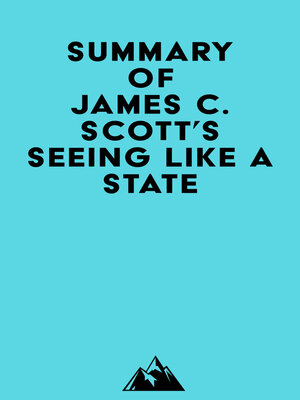
Sign up to save your library
With an OverDrive account, you can save your favorite libraries for at-a-glance information about availability. Find out more about OverDrive accounts.
Find this title in Libby, the library reading app by OverDrive.



Search for a digital library with this title
Title found at these libraries:
| Loading... |
Please note: This is a companion version & not the original book. Sample Book Insights: #1 The state has always been an enemy of nomads and pastoralists, as it has always sought to sedentarize them and make them legible. The more I examined these efforts at sedentarization, the more I realized that legibility is a fundamental problem in statecraft. #2 The state has always been an enemy of nomads and pastoralists, as it has sought to sedentarize them and make them legible. The more I examined these efforts at sedentarization, the more I realized that legibility is a fundamental problem in statecraft. #3 In his book Back to the Soil, AC Grayling describes the history of utopian projects, from the French Revolution to the Spanish Revolution, that tried to reshape the face of society through social engineering. The most tragic episodes of these projects originate in a pernicious combination of four elements: administrative ordering of nature and society, high-modernist ideology, transformative state simplifications, and a high level of administrative corruption. #4 If you want to change the face of a society, you need to first seize power, then use it to bring about utopian plans. The most fertile soil for this combination is usually found during times of war, revolution, depression, and struggle for national liberation.






